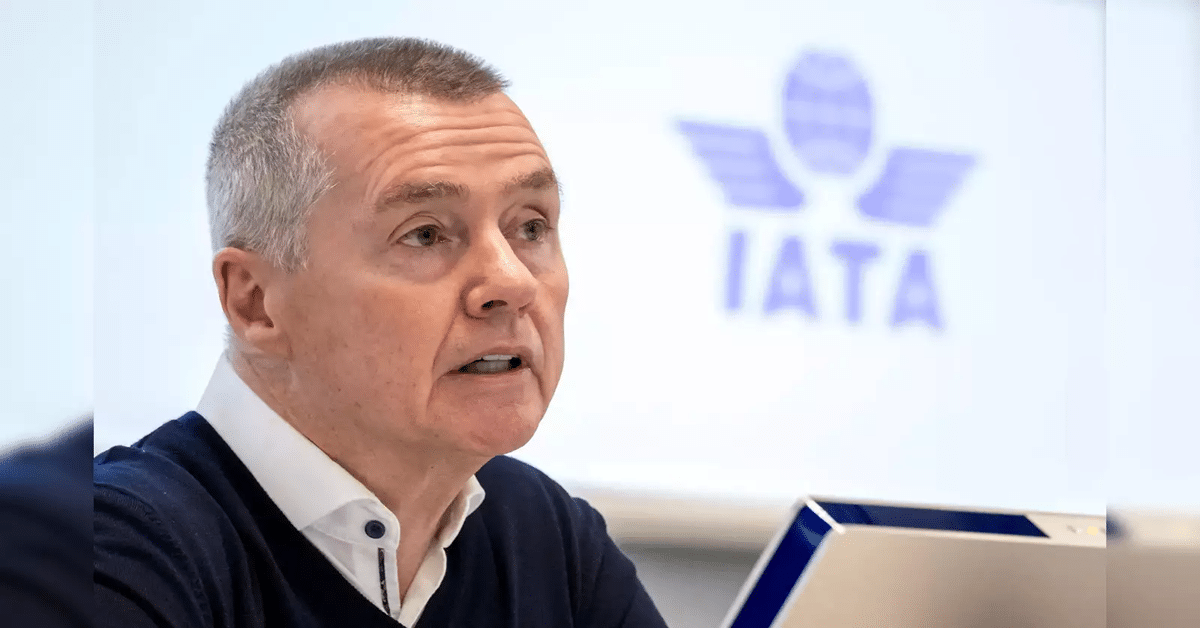India’s Air Traffic Management: A Growing Concern

The aviation industry in India is on the brink of significant expansion. With approximately 1,500 aircraft on order, the country is poised for a surge in air traffic. However, this growth brings challenges, particularly in air traffic management and airport infrastructure. Willie Walsh, the Director General of the International Air Transport Association (IATA), recently expressed his concerns regarding these issues during a media interaction in Geneva. He emphasized the need for the government and regulators to focus on improving air traffic control (ATC) systems to accommodate the anticipated growth in both domestic and international flights.
The Challenge of Air Traffic Management
As air traffic increases, so does the potential for congestion in Indian airspace. Walsh pointed out that while passengers often notice delays at airports, the en route congestion is a significant issue that often goes unnoticed. He stated, “We’re looking at considerable growth, and that growth needs to be facilitated by airports and also air traffic control.” The challenge lies in ensuring that the air traffic management system can keep pace with the increasing number of flights. Walsh called for a concerted effort from the government and regulatory bodies to address these concerns.
The current air traffic management system must evolve to handle the expected rise in air traffic. Walsh’s comments highlight the urgency of this issue. Without proper management, the growth of the aviation sector could be stunted, leading to delays and inefficiencies that would affect both domestic and international travelers. The focus should not only be on expanding airport infrastructure but also on enhancing the capabilities of air traffic control systems. This dual approach is essential for a seamless travel experience in the coming years.
Market Dynamics: A Competitive Landscape
In the context of India’s aviation market, Walsh addressed the perceived duopoly between IndiGo and the Air India group. He clarified that he does not view this as a duopoly, stating, “The market is open for everyone.” The acquisition of Air India by the Tata Group is seen as a positive development that could enhance competition. IndiGo, on the other hand, has been quietly building an impressive network, making it one of the top players globally.
Walsh praised IndiGo’s success, noting that it has significantly benefited consumers in India. He emphasized that the Indian domestic market has ample room for growth, especially with new airport infrastructure being developed. This expansion presents exciting opportunities for both existing airlines and new entrants. The competitive landscape is evolving, and Walsh believes that the future of Indian aviation is bright, provided that the necessary infrastructure and regulatory frameworks are in place.
Regulatory Concerns and Future Developments
Another critical aspect of Walsh’s discussion was the regulatory environment surrounding airport ownership and operations. He mentioned the upcoming Navi Mumbai airport and its ownership by a single company, which raises questions about competition. However, Walsh reassured that this is not inherently problematic. He pointed out that in many countries, airports are owned by single entities, and the key lies in effective regulation.
The role of regulators is crucial in ensuring a competitive environment, even in cases of monopoly. Walsh expressed optimism about the developments in economic regulations for airports in India. He believes that with the right regulatory framework, the aviation sector can thrive. The focus should be on how airports are managed economically to foster competition and innovation.
Observer Voice is the one stop site for National, International news, Sports, Editor’s Choice, Art/culture contents, Quotes and much more. We also cover historical contents. Historical contents includes World History, Indian History, and what happened today. The website also covers Entertainment across the India and World.

